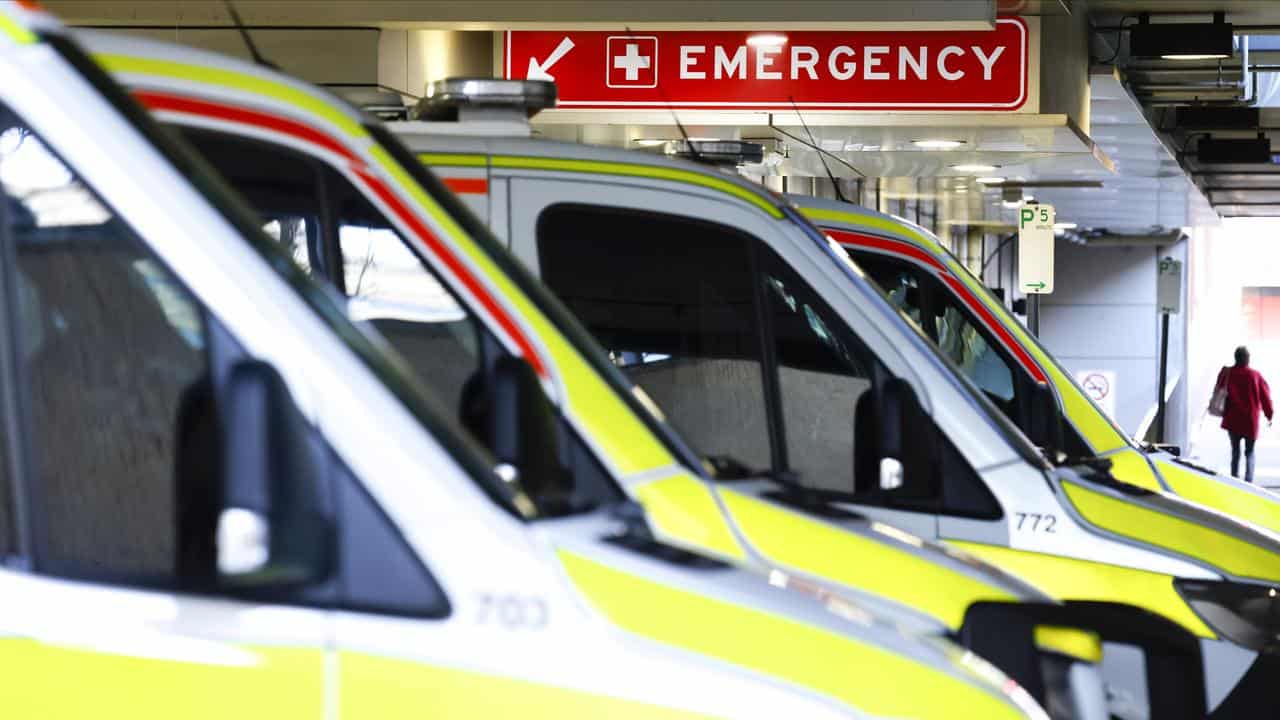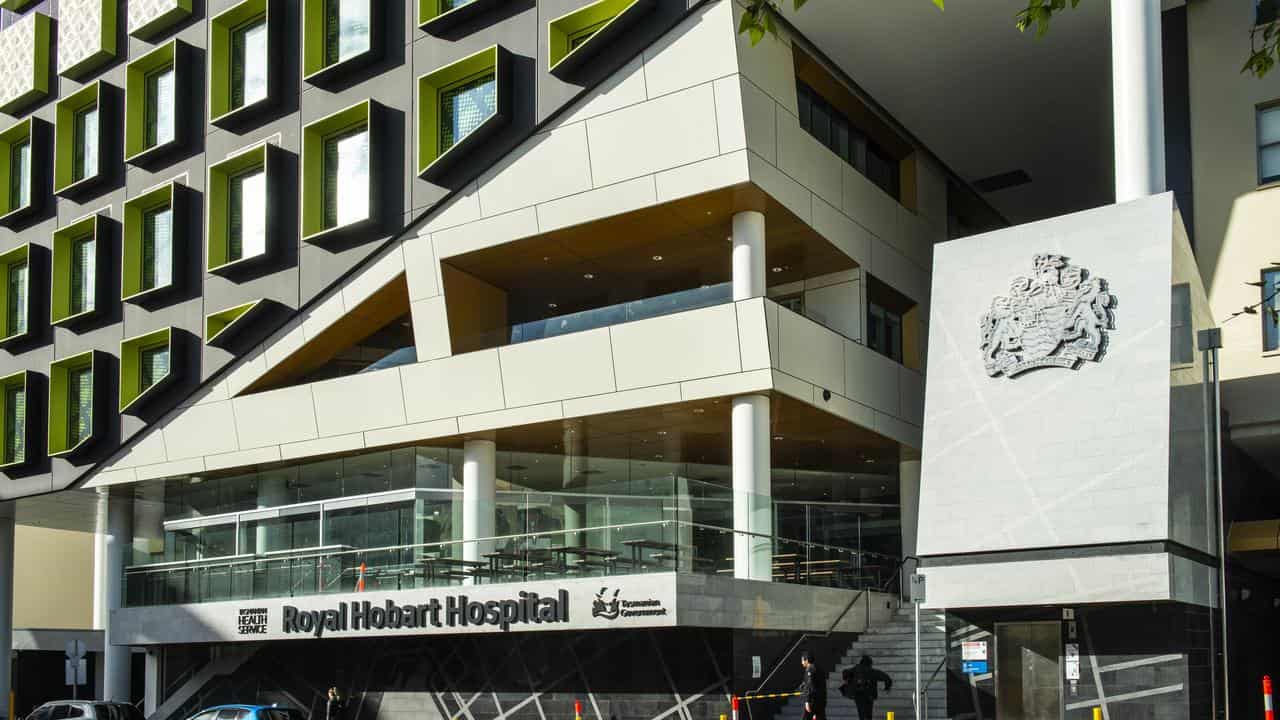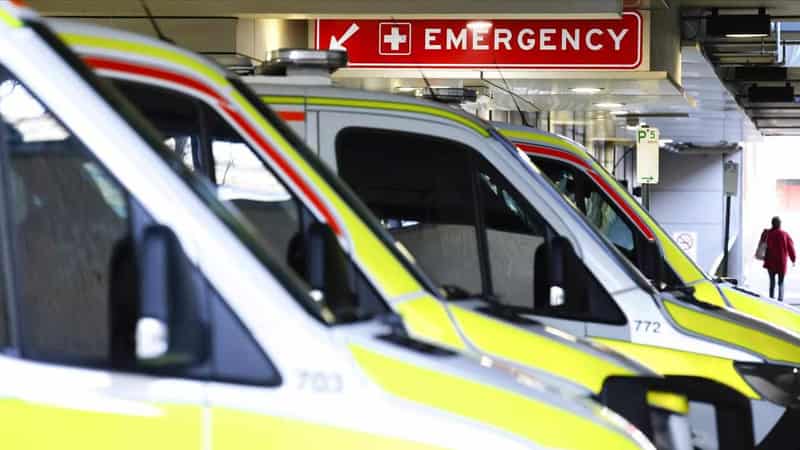
A review into Tasmania's hospital emergency departments misses key areas, Australia's peak medical organisation says, insisting state and federal government must do more to improve services.
The state's health system was struggling under pressures of affordability, staffing and under-resourcing, Australian Medical Association Tasmania spokesman Michael Lumsden Steel said.
"This report missed several key areas," Dr Lumsden Steel told reporters at Calvary Hospital in Hobart.
"The report has failed to identify why we have the ED bed flow problems and that's in-hospital.
"That's to do with our staffing, the actual lack of sub acute beds that we have (and) the staff to have those beds open."

The report identified bottle-necking queues for acute and sub-acute beds, patient delays in accessing emergency services and projected growing demand for hospital services in coming years.
Tasmania's hospitals were also struggling with a lack of allied radiographers to provide timely diagnosis for patients, resulting in longer stays, the AMA said.
"The state government and federal government both need to actually step up here and there's a massive failure," Dr Lumsden Steel said.
"We're not hearing anything from our federal politicians in this state. It's almost like they've got their heads in the sand."
Tasmania's Health Minister Guy Barnett said the review highlighted his government's commitment to improving patient outcomes.
“The report outlines a series of recommendations aimed at improving bed usage across the health system, alongside better pathways to primary care alternatives and new solutions to enhance the effectiveness of health care,'' Mr Barnett said.
“Our government supports the findings and work is already under way to implement the recommendations."
Labor attacked the report's release as overdue and blamed government inaction for the state's overrun hospitals.
"The review has confirmed that hospital emergency departments are unable to keep up with existing demand, much less projected demand into the future," opposition health spokeswoman Ella Haddad said.
"Demand is growing across the health system by 30 beds a year, but only 15 beds were added during the past nine months.
"Without immediate action hospital staff and patients will continue to face enormous pressure and delays in getting the health care they need."
The Australian Medical Association also called for greater indexation to patient rebates, to improve preventative care and reduce demand for emergency care.
"Patients need to get afford to see their GP," Dr Lumsden Steel said.
"GPs can't keep operating ... because it's not been indexed at CPI rates."
He said the peak doctor's association's calls for a single funding model had been ignored.
"What we need now is both the state and federal government to be honest and identify what the shortages are ... in beds, staff, investigative capacity," Dr Lumsden Steel said.
"Let's actually identify what the funding gap is and come up with a funding model for that."









